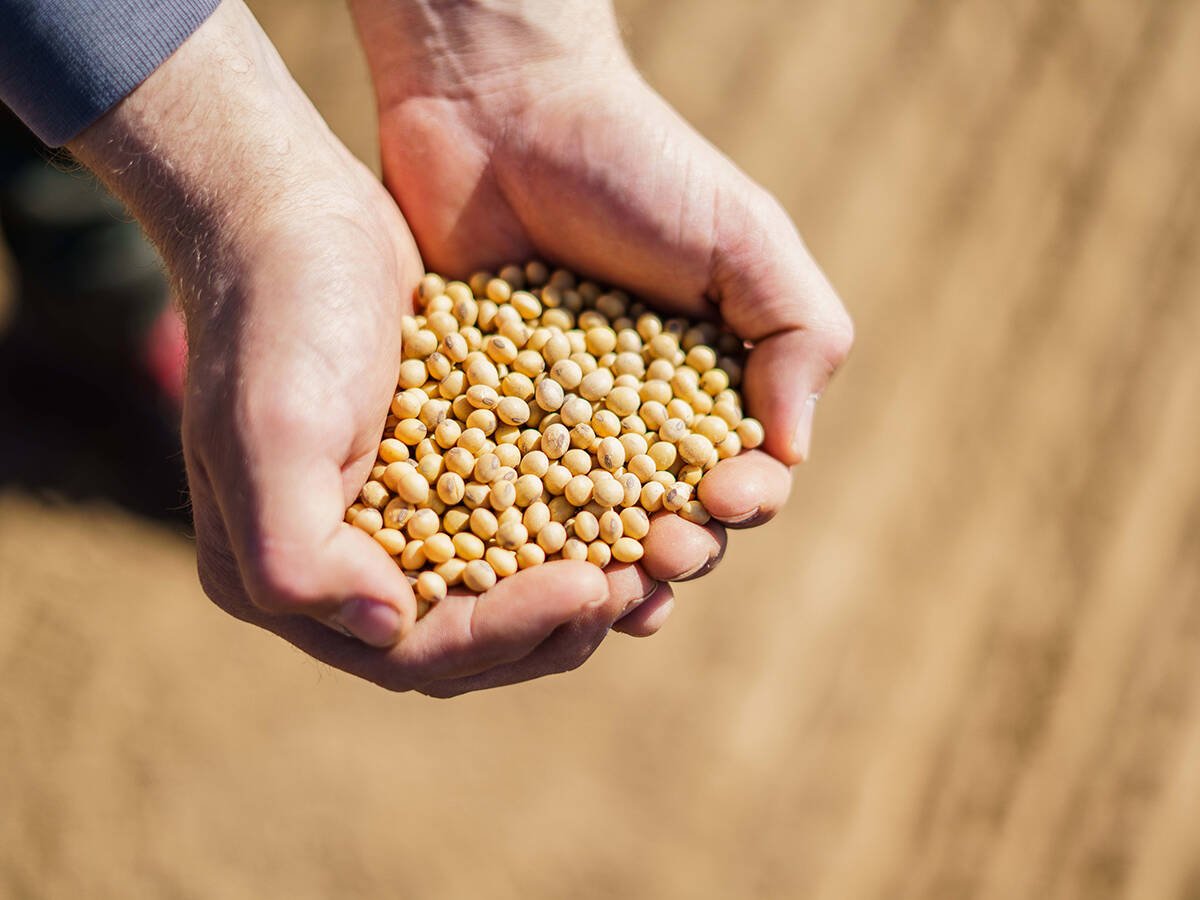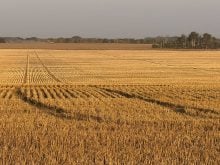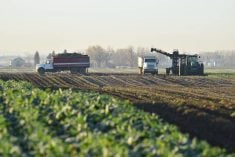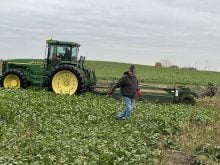YORKTON, Sask. – Harlan Hughes told about 200 cattle producers here last week they don’t have to be victims of low cattle prices.
Hughes, an extension livestock economist with North Dakota State University in Fargo, is known for his work that analyzes profit levels of individual cow herds.
“When you have six or seven years of top-notch prices, prices have got to go one way,” Hughes said. “The astute cattleman knows that and takes advantage of it.”
Hughes said the expansion phase of the current cattle cycle, which usually lasts between nine and 11 years, was delayed by the drought in 1988 and a poor corn crop in 1992.
Read Also

U.S. government investigates high input costs
The USDA and DOJ are investigating high input costs, but nothing is happening in Canada.
But the past four years have seen both Canadian and American cattle herds expand rapidly.
Hughes said history will likely show that 1993 was the odd year in the current cattle cycle and the price crash in 1994 was simply the beginning of the slide down.
“I don’t think ’95 will be as bad,” Hughes said, referring to the magnitude of 1994’s slide, “but the signals are clear.”
The American cow herd grew by four percent in 1994 and each cow is producing carcasses that weigh 40 pounds (18 kg) more than they did just five years ago.
“More and more cattle are going to come to market and there’s going to be more and more pork to compete against.”
And for the first time since the early 1960s, the 40-month hog cycle will peak at the same time as the cattle cycle, Hughes said.
Poultry supplies are also expected to increase in 1995 by four or five percent.
“We’re definitely going below $70 (U.S.) per cwt. The question is how much below.”
Hughes said 1995’s bottom price for slaughter cattle will likely come in the third quarter – July, August and September.
For spring cow-calf producers, that third quarter presents a problem, he said, since that’s traditionally the time to sell.
In 1994, for instance, Hughes said the lowest price for 500-lb. feeders in Fargo was recorded on Oct. 20.
Hughes said cow-calf producers can capture the value in their calves by not selling in the third quarter.
To cash in on this, farmers could switch to fall calving and sell in spring when feeder prices are always highest.
Keep the margin
Another way is for farmers to retain ownership of their calves and keep some of the narrow buy/sell margin in the downward phase of the cycle.
Hughes said in herds he’s analyzed, retained ownership can keep returns after labor, management and capital at 1993 levels. On an average per cow basis, 1993 net income was $250 ($180 U.S.)
There’s really only two points in the cattle cycle when this decision is feasible for cattle producers, Hughes said: when it turns up, and when it turns down.
That time is now, Hughes said, and the beauty of this current price cycle is it is going to be “less deep and less steep” than the downward turns of 1973 and 1978.
“Producers will have time to manage the downward side,” he said.
Hughes predicts cattle prices will bottom in 1996, and then start to turn around and peak again in 2002.
But he has one warning for those who think seriously about changing their marketing or production strategy.
He said producers must know their costs of production.
“If you don’t measure it, you can’t manage it.”














